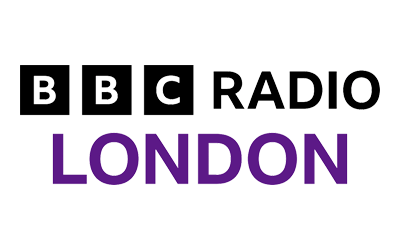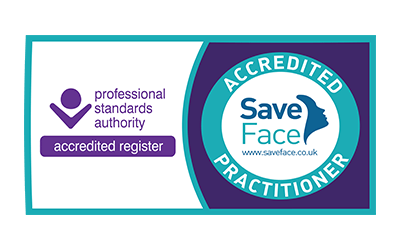The pursuit of the perfect pout shows no signs of abating, and lip filler injections are as popular as ever. Lip enhancement with temporary dermal fillers can create definition and symmetry in the vermillion border or outline of the lips, can contour the Cupid’s bow, can add volume and fullness to the upper and lower lips as well as improve the appearance of the perioral lines, which are the vertical lines on the upper lip often called smoker’s lines.
Most lip fillers contain hyaluronic acid, a naturally-occurring molecule found in the body that gives skin its plumpness and volume. Brands like Juvederm and Restylane offer hyaluronic acid gel fillers that come in different viscosity and particle sizes, depending on where they are injected. Both have a product specifically developed for augmenting the lips. They also contain lidocaine, a local anaesthetic, which helps to make the treatment as comfortable as possible.
The body naturally breaks down the hyaluronic acid gel and it will be safely absorbed into the body within six to 12 months. Regular lip augmentation treatments are required to maintain the results.
So, a non-invasive treatment that delivers temporary results. It sounds safe, but there are some complications to be aware of. The risk of something going wrong is significantly increased if an inexperienced and unqualified practitioner performs the procedure.
Unfortunately, the aesthetics industry in the UK is almost totally unregulated at this time, and dermal fillers, unlike Anti-Wrinkle Injections, are classified as medical devices rather than prescription medicine. This means that practitioners with no medical qualifications and little to no training can administer lip fillers.
The risks of lip fillers include:
- Bleeding at the injection sites
- Discolouration or tenderness
- Swelling
- Bruising
- Infection
- Tissue death if lip filler is injected into or around an artery
- Asymmetry
These complications are infrequent but choosing an experienced and appropriate trained medical practitioner to perform your lip filler procedure means that they can manage any complications that could arise.
Is it normal for lips to bruise after filler?
Lip filler bruising is one of the most common side effects caused by the blood vessels being punctured by the needle. This happens after any injectable treatment, but the lips are particularly susceptible to bruising as they are more vascular.
Our non-surgical practitioners may use a cannula with a long, blunt-tip needle that creates one entry point to reduce bruising. Using the wrong kind of needle, incorrect technique or positioning of the patient can also cause more bruising.
How long does lip filler bruising last?
As with any bruise after a dermal filler treatment, you should see lip filler bruising subside between five and seven days. As it is one of the most common side effects of this procedure, we advise patients not to have a lip filler treatment immediately before an important event.
It can sometimes become a more severe complication if a haematoma develops, which is localised bleeding outside of the blood vessel presenting as a firm mass below the skin. A haematoma may become infected or cause damage to the surrounding tissue if left untreated.
Tips for reducing bruising prior to treatment
There are certain medications and supplements that you may wish to consider stopping a week before your appointment – as long as it is safe to do so. Anything that thins your blood, such as aspirin, vitamin E, St John’s Wart, or Ginko Biloba, can increase the likelihood of lip filler bruising.
No alcohol for one to two days before your injection. To prevent bruising, you could take arnica tablets for a couple of days beforehand – or even fresh pineapple which contains bromelain that is known to decrease bruising.
Tips for reducing bruising post treatment
After 24 hours, you can apply make-up again and most patients find that any bruising is well concealed by wearing a darker colour lipstick.
Avoid rigorous exercise for 48 hours after your procedure, as it increases blood flow to the lips and can make the bruise appear worse.
Sleep with your head slightly raised if possible and avoid any excessive pressure on the lips – so no kissing! This should keep bruising after fillers to a minimum.
How do I know if my lip filler is botched?
Bruising isn’t a sign that your lip filler is botched, as it can happen to even the most skilled practitioner, but there are other signs that the treatment has gone awry.
- Bumpy lips: uneven injecting, overfilling, or injecting too superficially can result in small, hard lumps that do not subside after a few days. Incorrect product selection may also be an issue. More rarely, it can be the result of hypersensitivity or allergic reaction.
- Asymmetry: if the lips are uneven, it’s a sign of poor injection technique.
- Overfilling: too much filler placed in the wrong place can cause the lips to project too much, resulting in the dreaded trout pout.
- Necrosis is the most potentially serious lip filler complication and is very rare. If a blood vessel is damaged or obstructed as the filler swells and expands, it can starve the tissue of vital oxygen and nutrients, causing tissue death.
For more advice on lip filler bruising, call 0207 432 8727 to arrange a consultation. Our aesthetic practitioners are all medically trained and highly experienced.
















